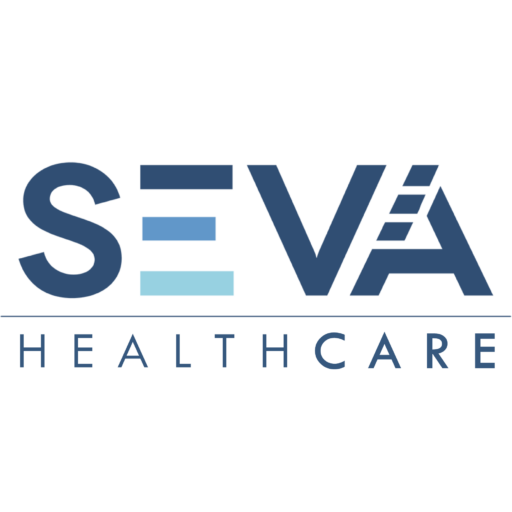Traditional spinal cord stimulation (SCS) is an established pain treatment that delivers electrical pulses to the spinal cord to alter the transmission of abnormal pain signals to the brain. The electrical pulses are delivered by small electrodes that are placed in the spinal epidural space and connected to a compact battery-powered generator implanted under the skin.
SCS therapy typically delivers electrical pulses at a frequency below 1,200 Hz, and more commonly between 40-60 Hz. Traditional SCS therapy attempts to “mask” a patient’s sensation of pain by covering the area of pain with paresthesias. Paresthesias are stimulation-induced sensations, commonly perceived as tingling, prickling, pins-and-needles, or vibrating sensations.
HF10 therapy is different from traditional SCS therapy in that it relieves pain without paresthesia. Specifically, HF10 therapy uses a 10,000 Hz frequency and additional proprietary factors including waveform characteristics, lead placement and programming to provide a therapy that has been confirmed by the FDA to be superior to traditional SCS therapy.
In May 2015, Nevro’s Senza® SCS system, which is the only SCS system that delivers HF10 therapy, was approved by the FDA. The FDA approval for HF10 therapy came with a label of superiority over traditional SCS therapy, indicating that HF10 therapy was found to be statistically superior to traditional SCS therapy in terms of response rate and magnitude of pain relief for patients with back and leg pain.
Additionally, the FDA indicated HF10 therapy to be a paresthesia-free therapy, also a novel and unique distinction in the SCS space. As such, HF10 therapy is the only SCS therapy approved by FDA to be paresthesia-free, and the only SCS therapy that can be used without patient restrictions on motor vehicle operation while receiving therapy.
Information taken from Nevro Corp’s 2016 Press Kit.


